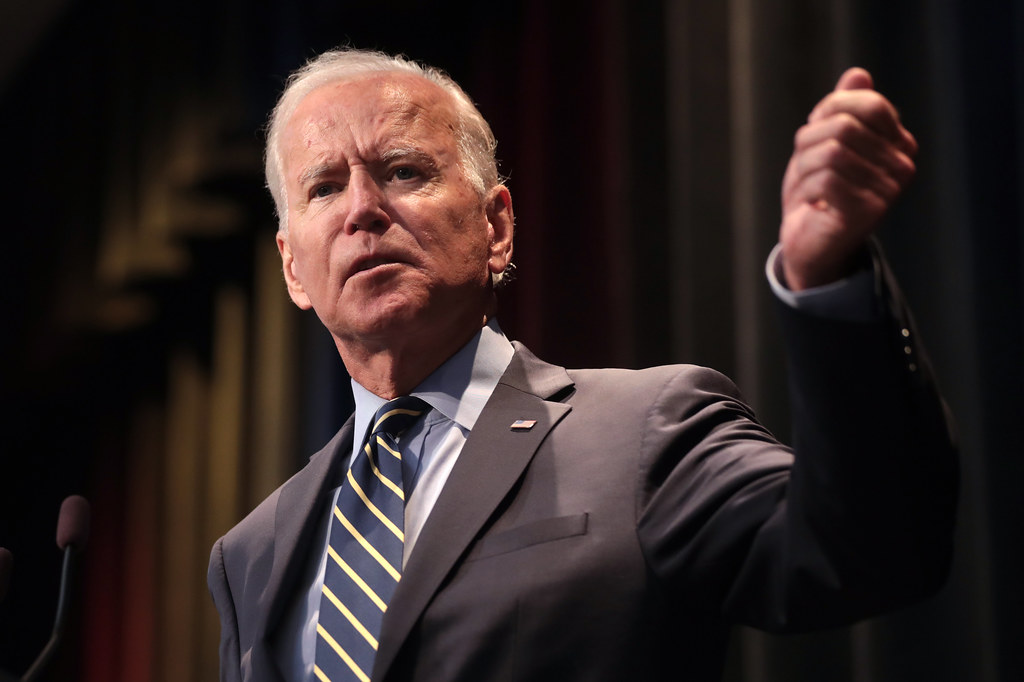Steel, this is how Biden Trumps against China. And Europe…

The European Union and the United States have agreed to extend the truce on steel and aluminum: no tariffs until March 2025. But Washington has higher objectives: to bring Brussels to its side against China. All the details
On Thursday 28 December the United States announced a further extension of the suspension of customs tariffs on European steel and aluminum until 31 December 2025. The previous agreement, dated 19 December, stopped until March 2025; in exchange, the European Union promised not to impose retaliatory trade measures.
HOW WE GOT TO THIS POINT
The US tariffs, of 25 percent on steel and 10 percent on aluminium, were imposed in 2018 by then President Donald Trump, who justified them by defending national security; a trade war was born – the European Union had imposed tariffs on a series of typical American products, such as bourbon and Harley-Davidson motorcycles – which ended in 2021 with a truce , but not with real peace.
Since January 2022, the United States, under the leadership of Joe Biden, has replaced tariffs with import quotas. The extension of the truce for another two years moves the resolution of the matter well beyond the 2024 US and European elections: it means that representatives of the Trump administration, considered less accommodating (at least in terms of manner, rather than in fact).
Biden said Thursday that he had determined that “certain eligible import volumes of steel articles from the EU are no longer at risk of compromising national security.”
THE REAL OBJECTIVE OF THE UNITED STATES: TO HIT CHINA
The quota system implemented by the United States in 2022 was initially intended to cover a period of two years; That is, Washington and Brussels should have agreed on shared measures to manage the problem of steel overcapacity on the market by the end of 2023; the negotiations, however, stalled. Since last October, when the EU-US summit on the transatlantic partnership was held, the United States began to propose to the Europeans an extension of the suspension of duties in order to increase the time available for negotiations.
Washington has an ambitious objective: it not only wants to resolve the trade dispute with Brussels, but intends to create an international system for the management of steel overcapacity and for the promotion of the production of "green" steel, i.e. with low emissions. This system – called the Global Agreement on Sustainable Steel and Aluminum or GASSA, for Global Arrangement on Sustainable Steel and Aluminum – ultimately aims to counter China , which is both the leading steel-producing country and the country responsible for greater amount of greenhouse gas emissions.
Washington, but also Brussels, accuse Beijing of saturating the markets with excessive quantities of steel which, given their low cost, damage European and US steel companies. America, therefore, is exploiting the ecological motivation as a weapon to attack China, restricting the outlet markets for its goods and trying to slow down its economic rise, in concert with the Europeans and other allies.
WHAT STEEL AND ALCOHOL PRODUCERS THINK
Beyond the geopolitical motivations, on the commercial side the truce was judged positively by both European steel producers and US alcohol producers (who were affected by the European retaliations). In Italy, Federacciai criticized the Commission for the plans on green steelmaking: the president Antonio Gozzi, interviewed by Repubblica , said that "no one in Brussels did a minimal analysis of costs and benefits to understand whether the strong investments in decarbonisation would be economically sustainable for integral cycle steel companies. To reconvert 20 million tonnes, out of the 90 produced in Europe, 20 billion in investments are needed. Who finances them? It is a paradox that Europe, born from the ECSC, the coal and steel community, has done nothing to save its integrated cycle steel production".
The quota system developed by the United States allows the tariff-free import of 3.3 million tons of European steel and 384,000 tons of aluminum per year; excess quantities are subject to duties. The European Commission thinks that the system is too rigid and unequal, because in 2022 the European steel industry was subject to American tariffs worth around 260 million dollars (imports amounted to 3.8 million tonnes), while the Union has removed its retaliatory measures.
For Biden, the protection of the national steel industry also has domestic political value, because the sector is fundamental for employment in electorally important states such as Pennsylvania and Ohio. Trump has already promised that, if he wins the presidential elections in November 2024, he will impose 10 percent tariffs on goods entering the United States.
This is a machine translation from Italian language of a post published on Start Magazine at the URL https://www.startmag.it/energia/ue-usa-trattative-acciaio-alluminio/ on Sun, 31 Dec 2023 08:19:50 +0000.
